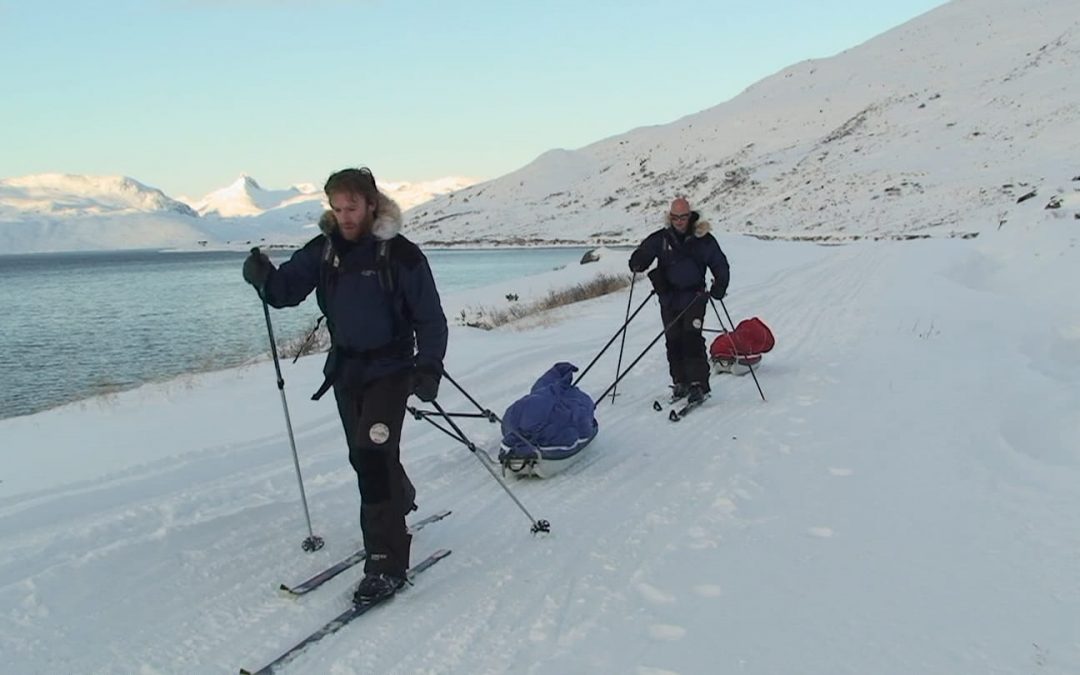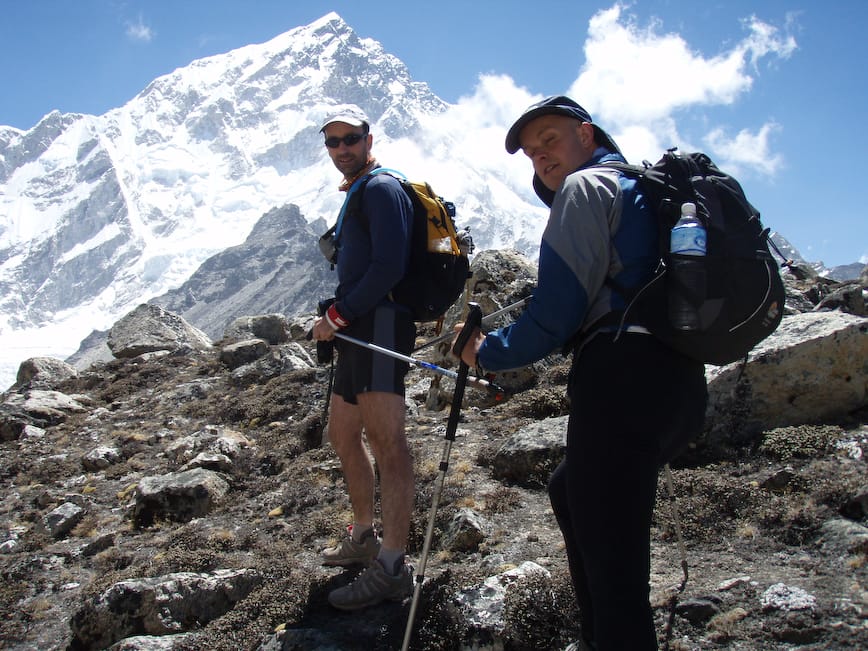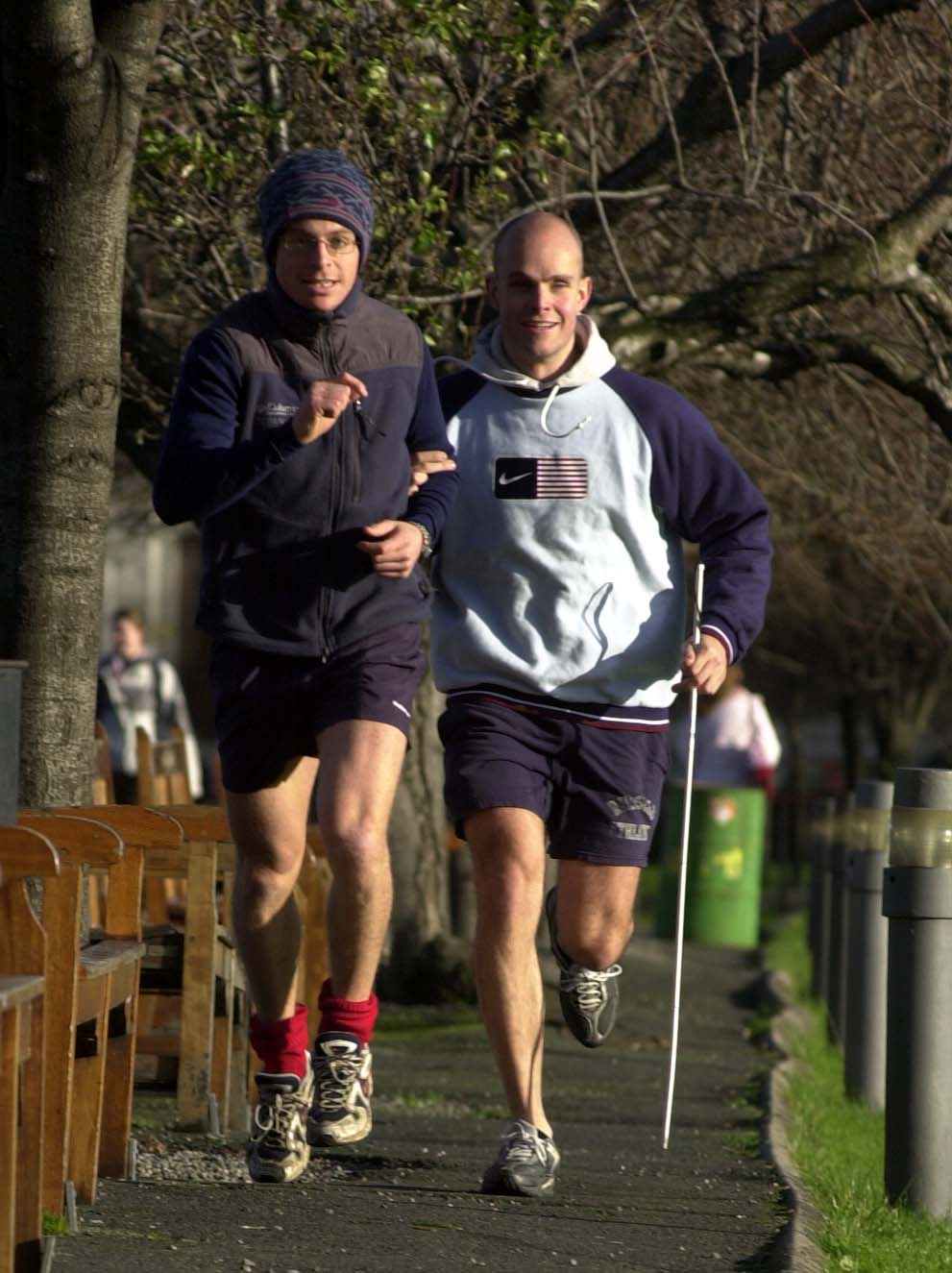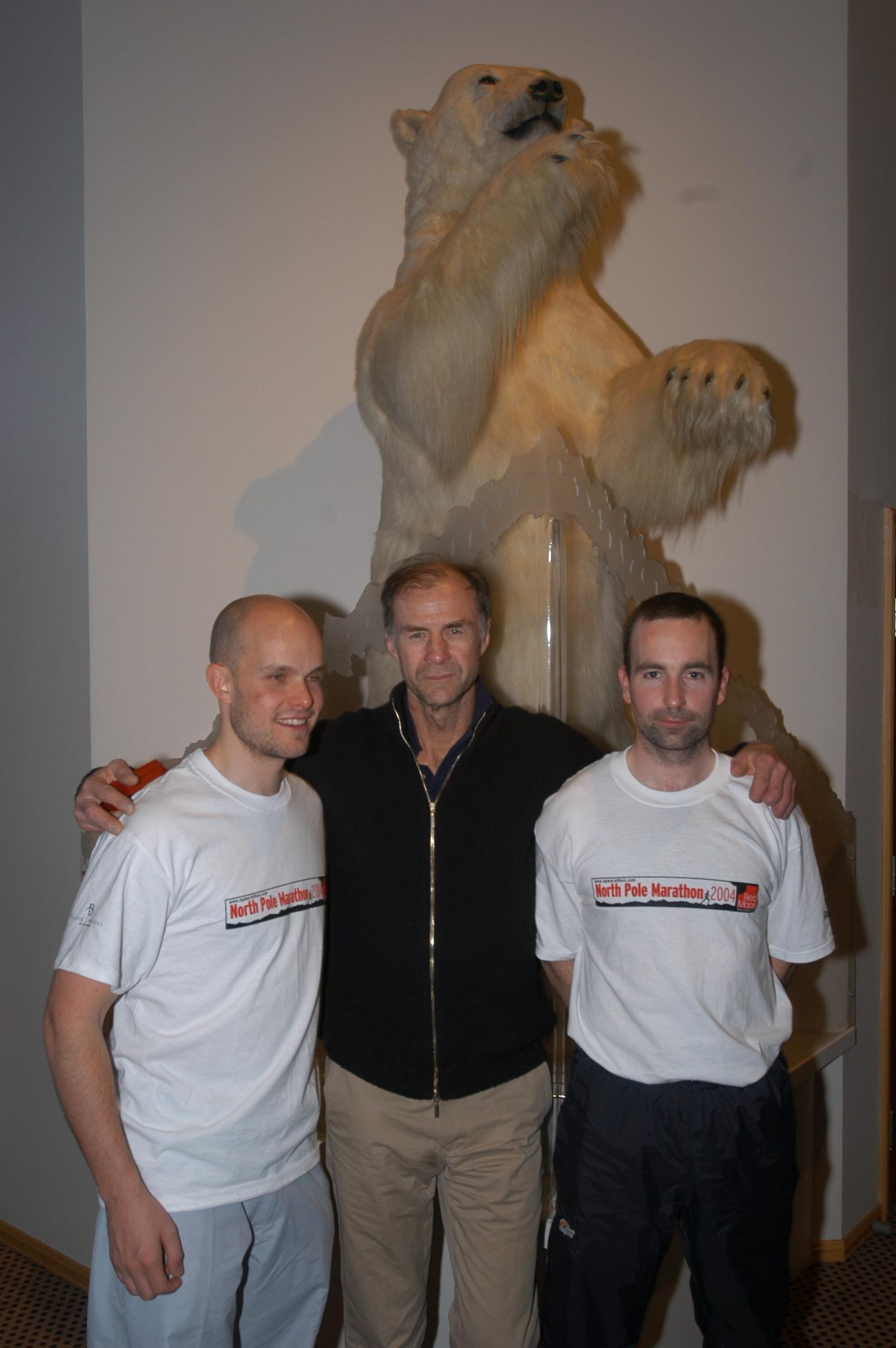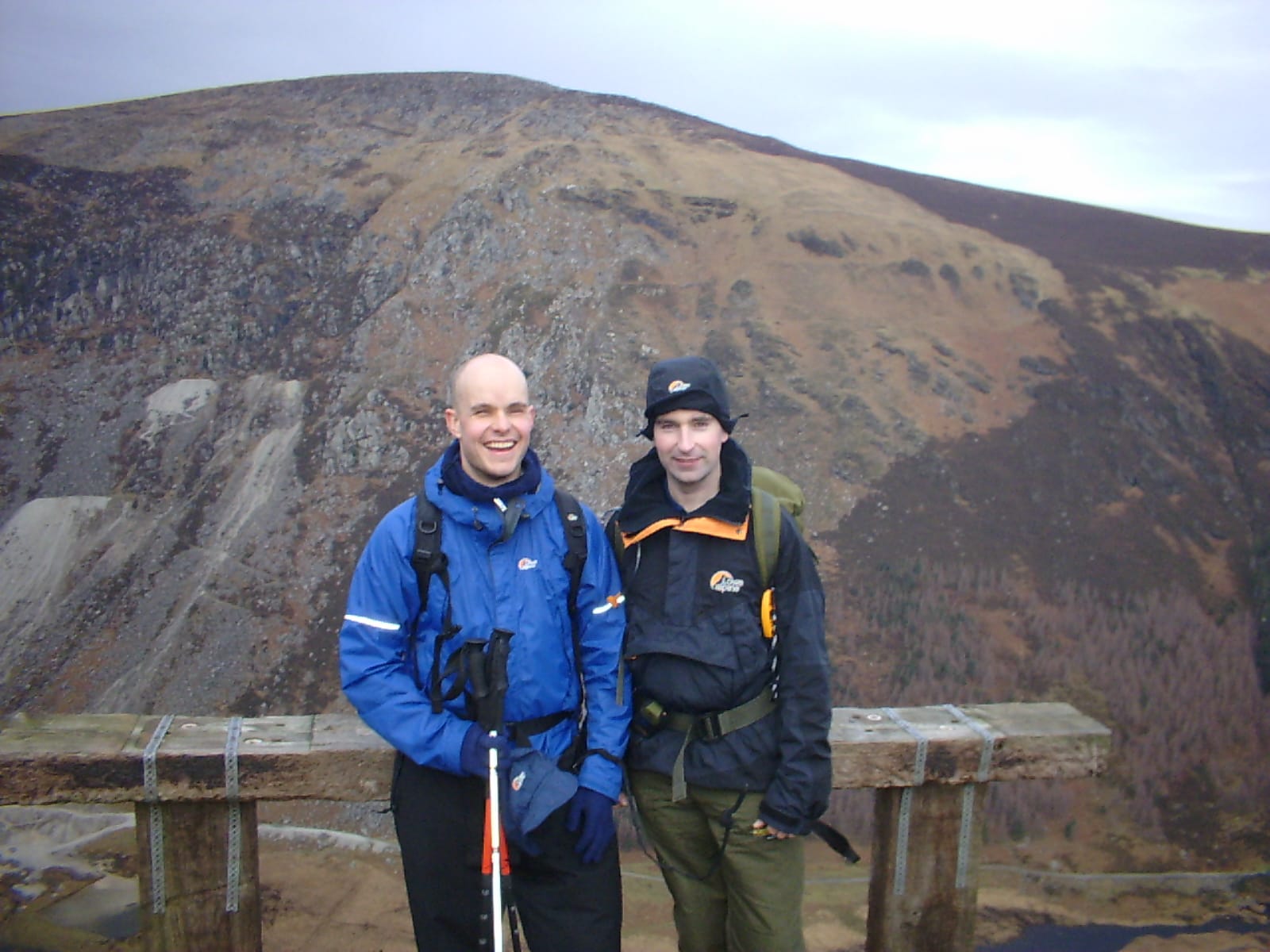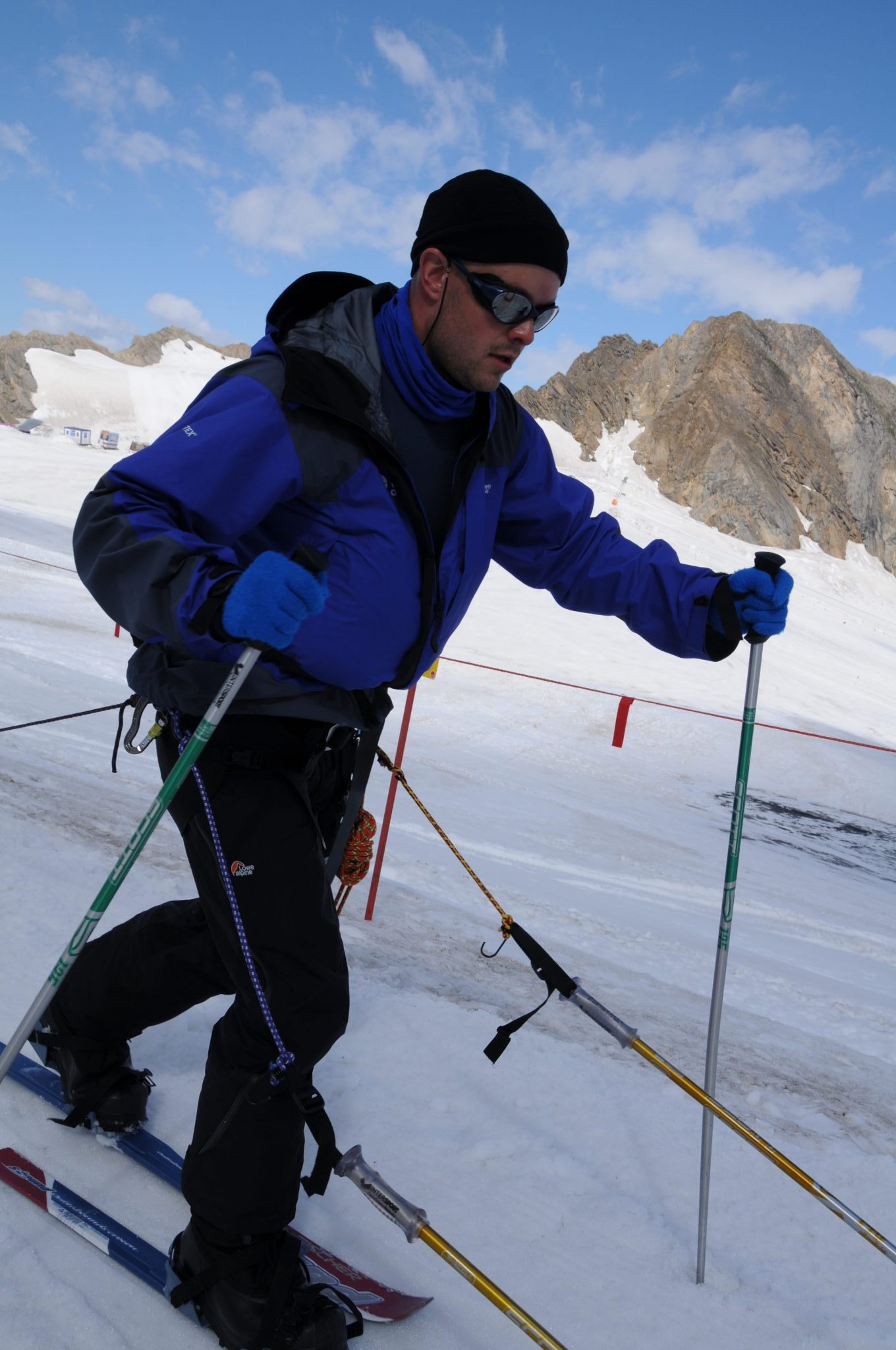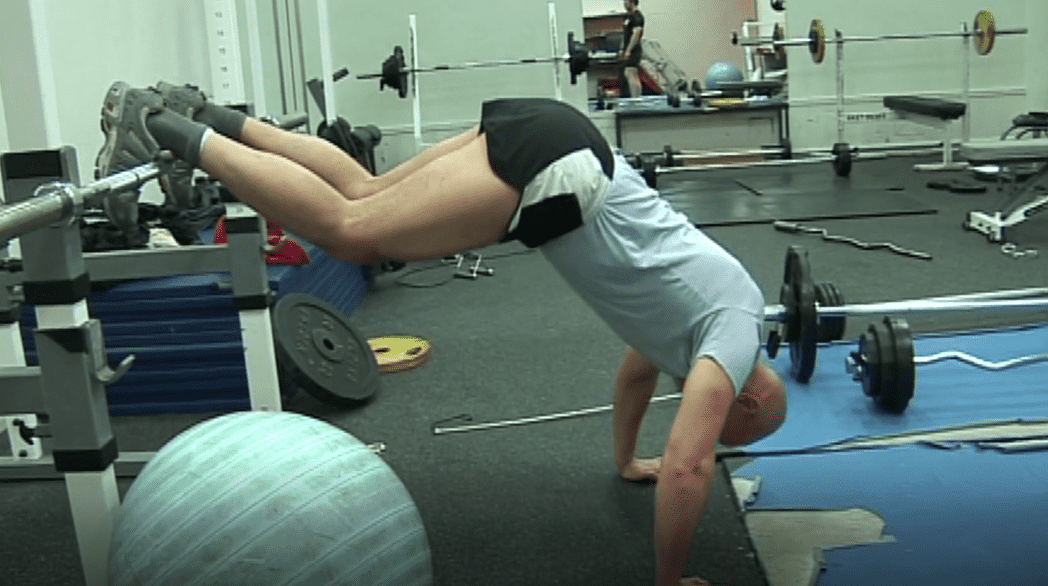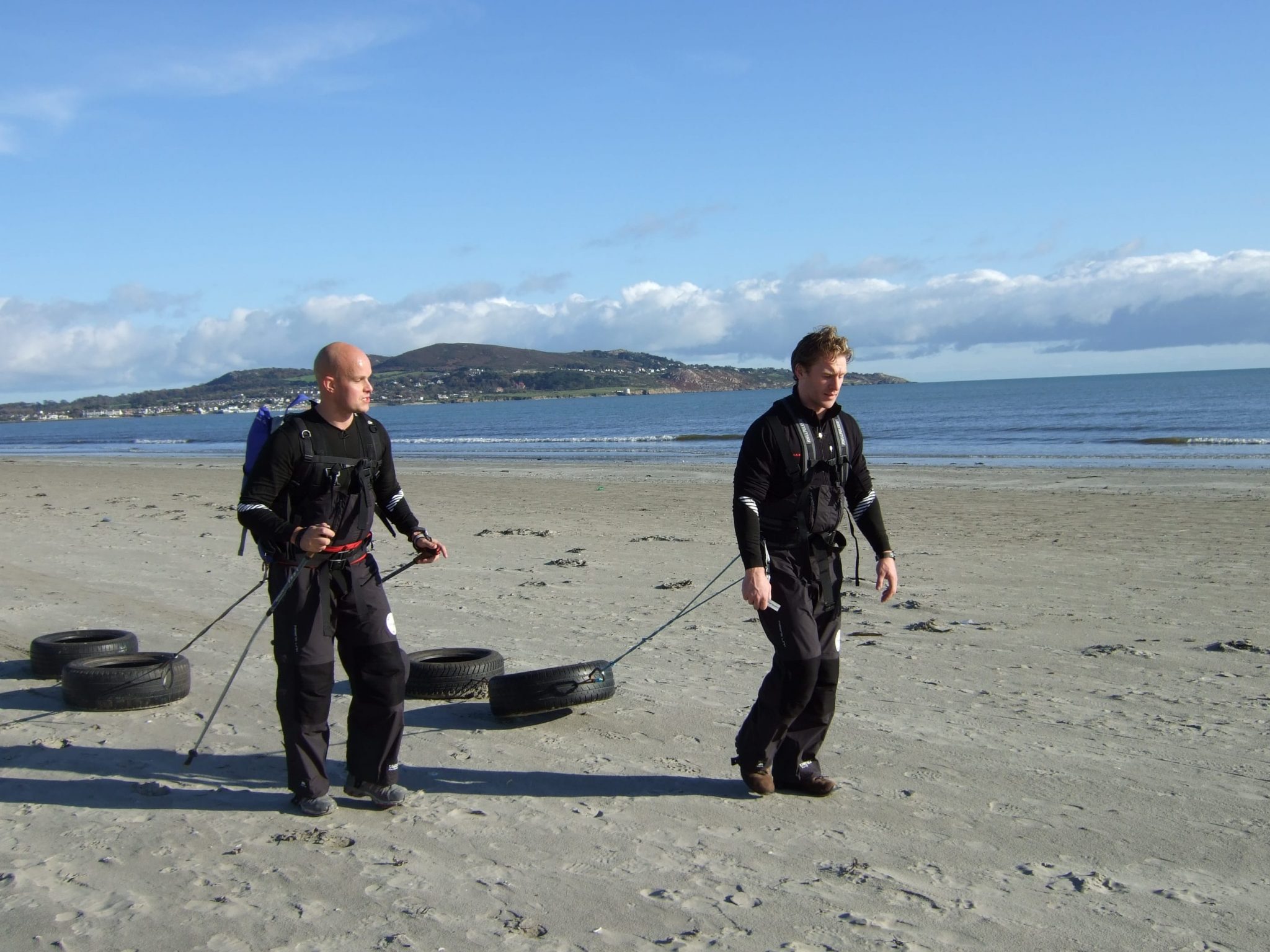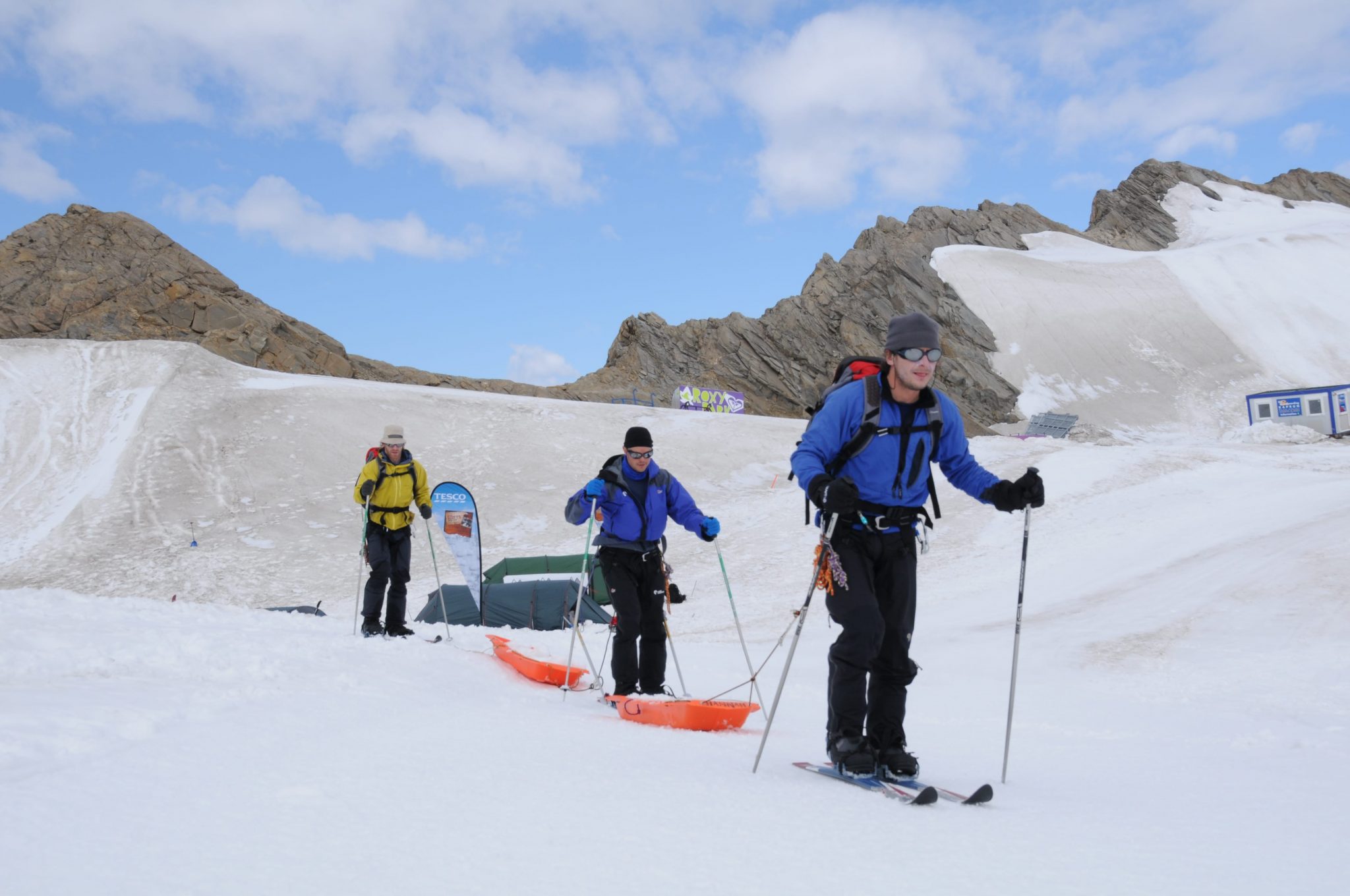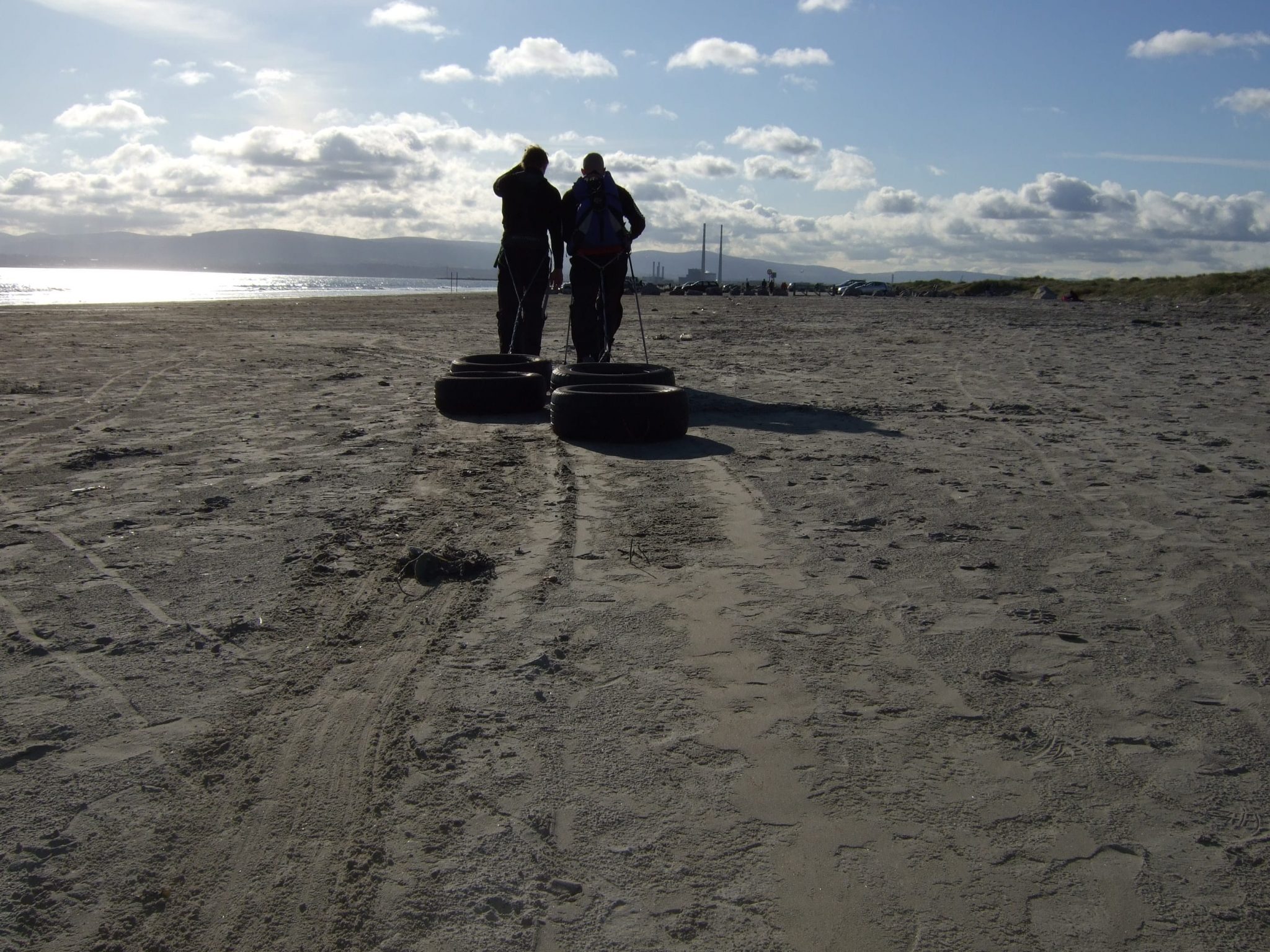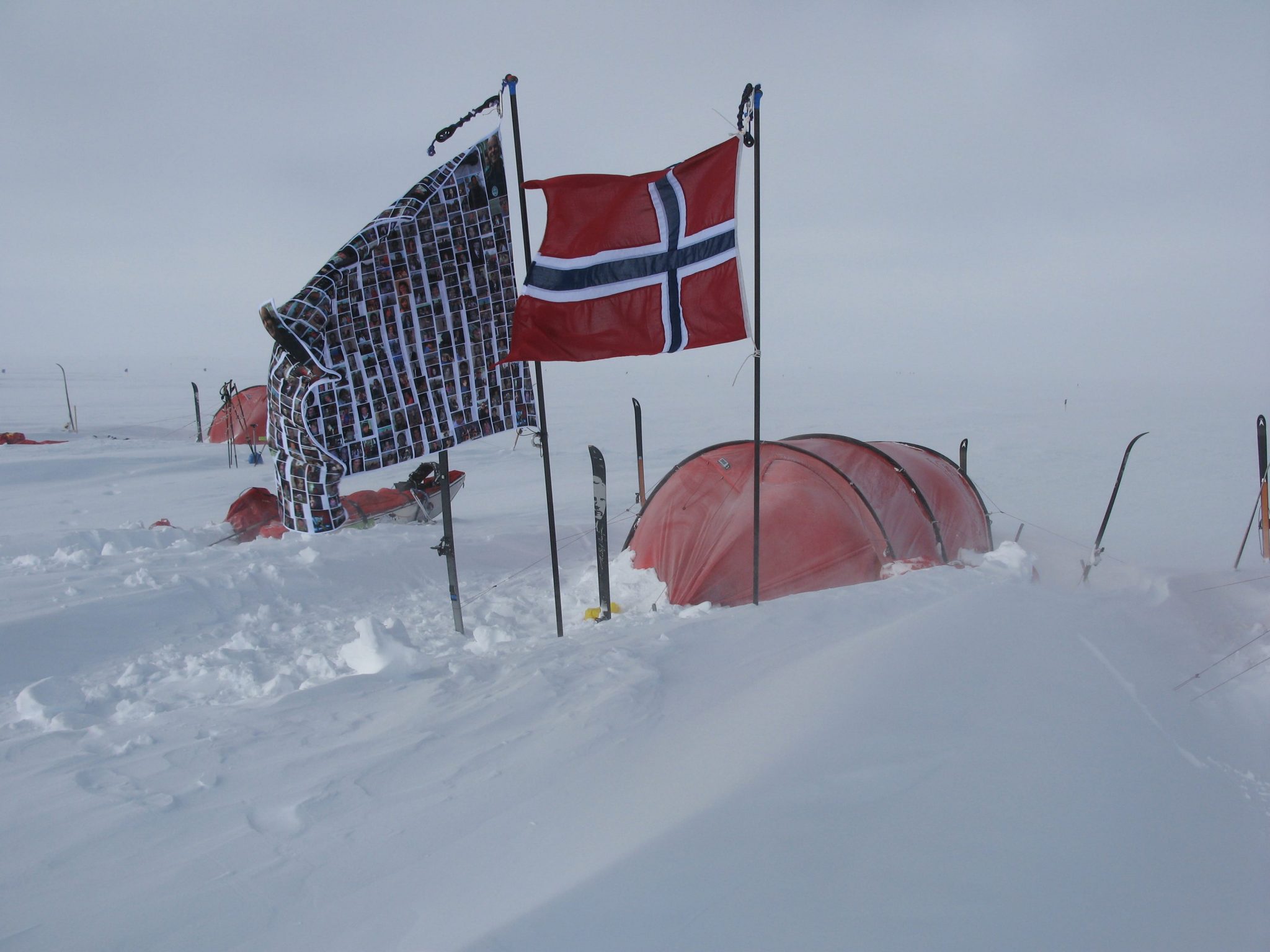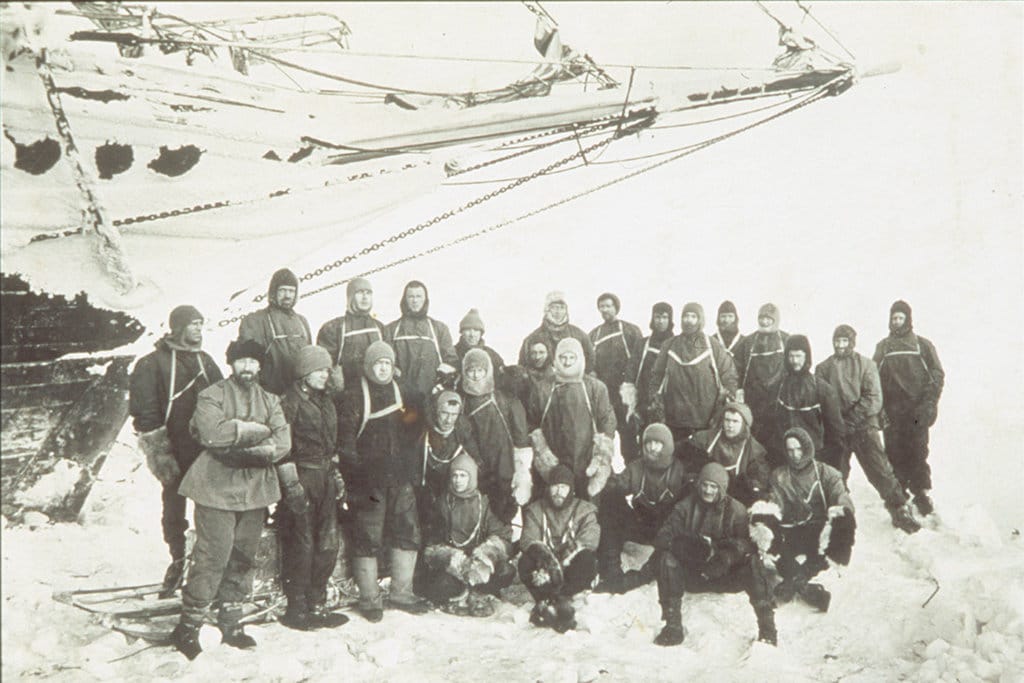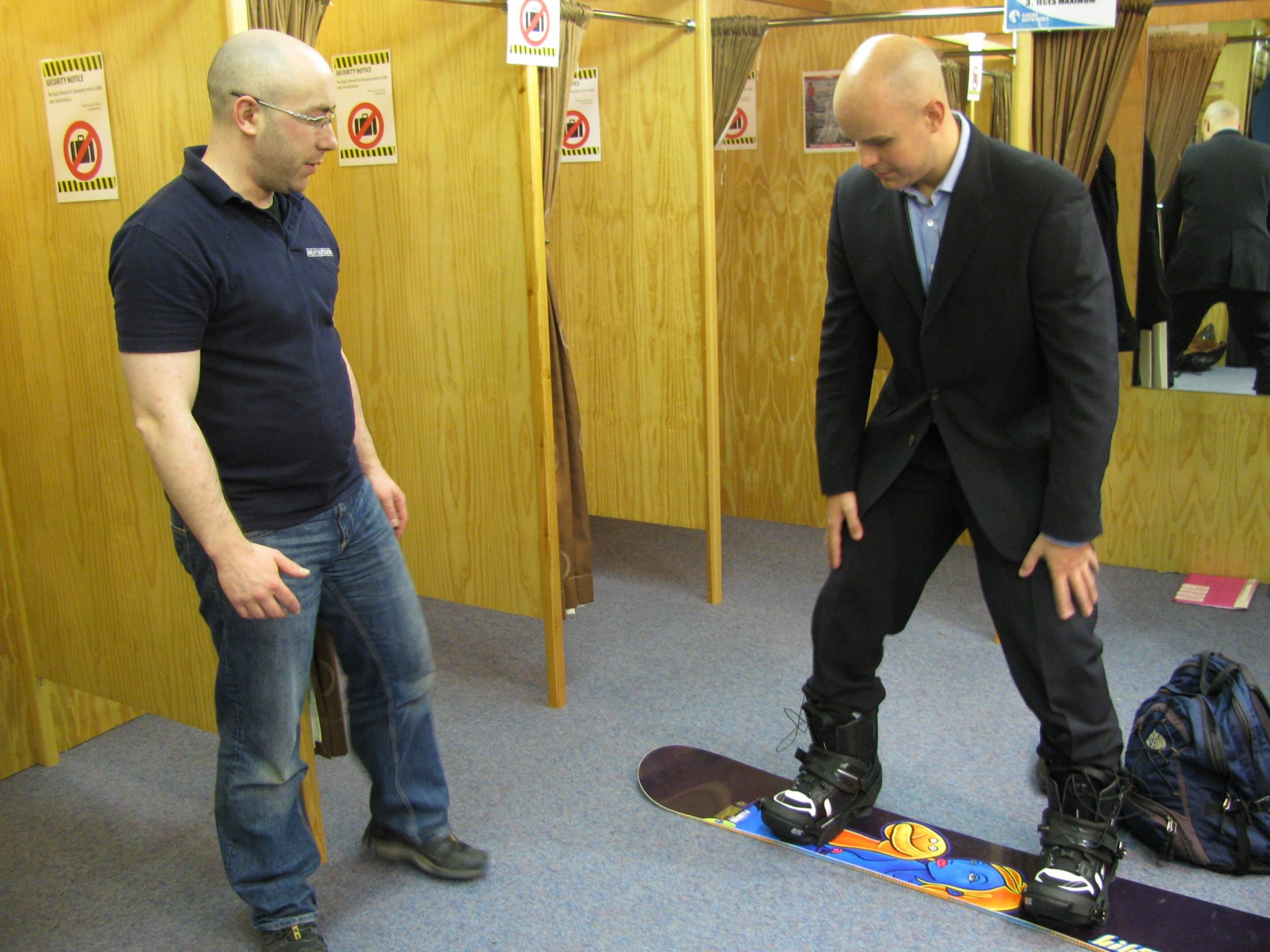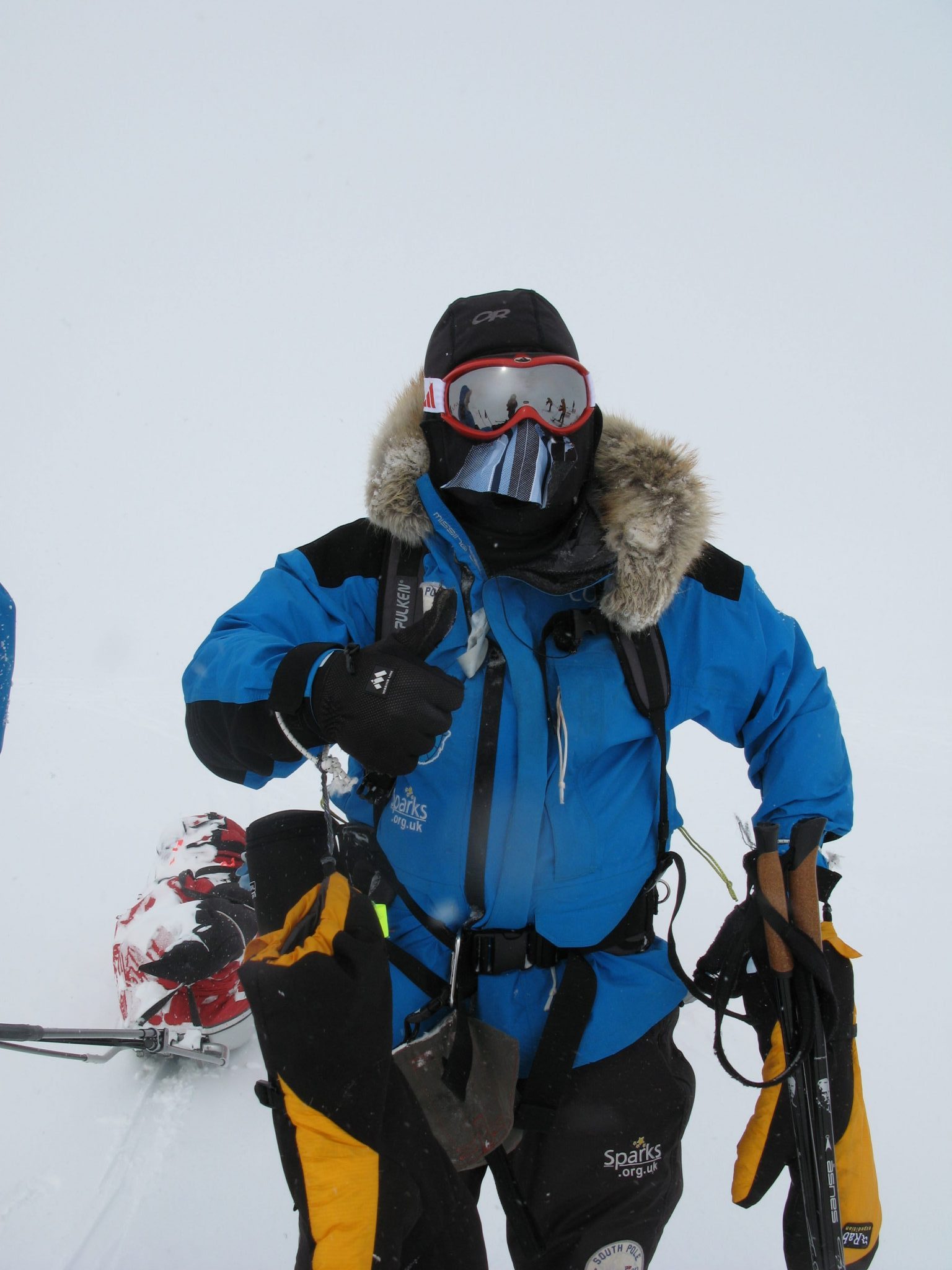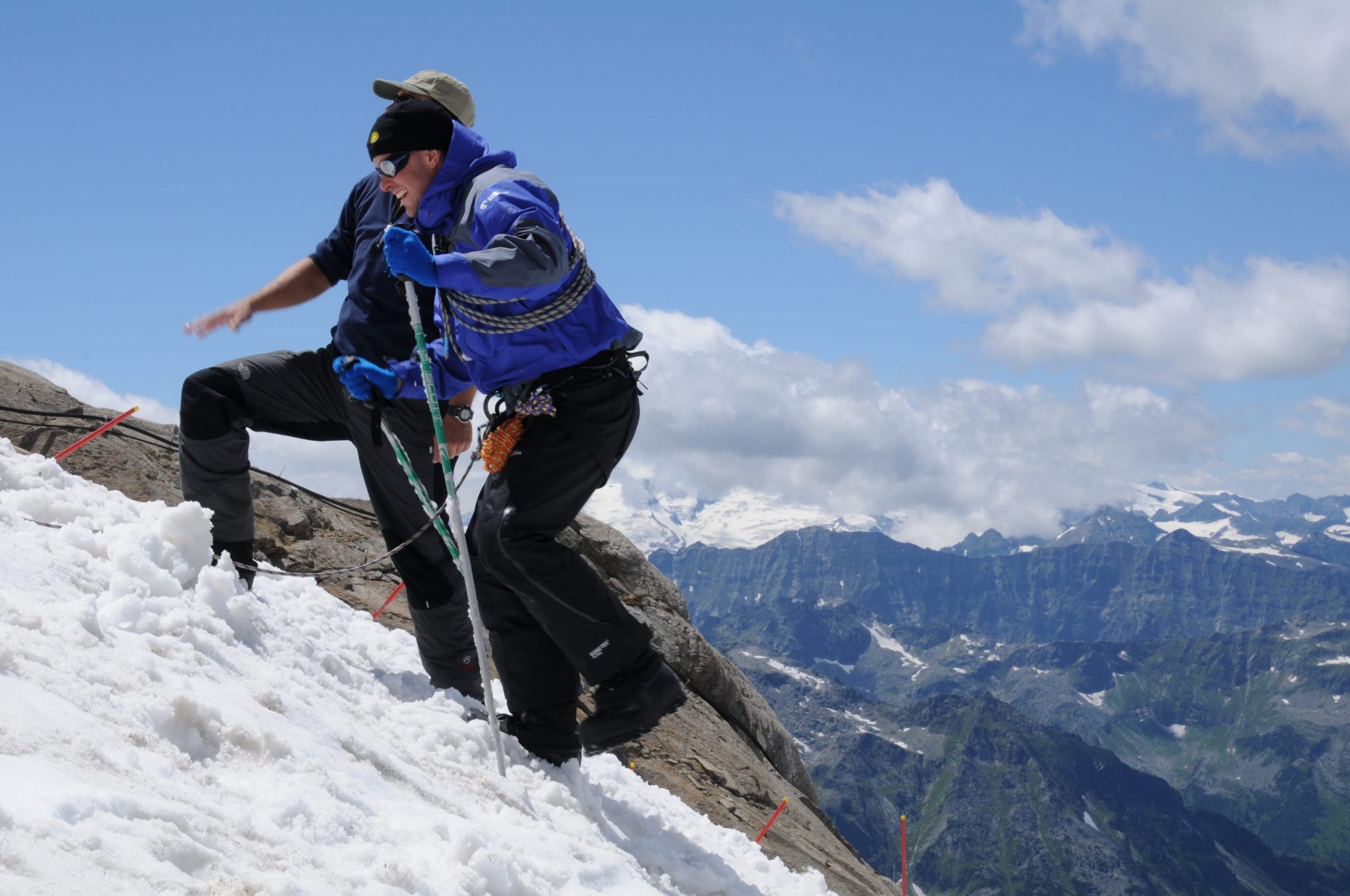Friday, 30 May 2008
Recently I have been writing about my fear of the unknown – the terrain that we will face in Antarctica. Last week I did something about it and travelled to Norway in search of sastrugi…
On Sunday 18th May I flew to Oslo and met up with an old school friend, Alan Ritchie, who I used to row with and now lives in London. We jumped on a train heading north to otta where we met our guide Inge Solheim. Inge has been to the North Pole seven times, Antarctica four times, crossed Greenland using equipment that Scott and Amundsen would have used 100 years ago and lives his life in snowscapes around the world. He has also designed our tents that we will be using in Antarctica and is closely involved with the race logistics. I think he was just about the best person to go and train with!
Inge showed us to our guest house and asked us to lay out our gear for the two day “mini-expedition”. We got the sense that he is not the sort of person to leave things to chance and he wanted to check to see if we were missing anything. We were!
After the kit inspection we headed off for some food in a local restaurant and I got a real sense of how Inge thinks. Over dinner we chatted about the great adventurers of the past and got a sense of the Norwegian mentality. It is clear that Inge, and perhaps Norwegian adventurers in general, see preparation as the most valuable asset for any expedition. It is about preparation and comfort not heroism and bravado. And when Alan asked “do you think you can control for everything?” Inge’s response was “nearly and what you can’t control for…that is the X factor!”
The “X-factor” is the uncontrollable. It is the risk factor that is out of our control in adventure racing as it is in life. However, too often I have been under pressure, not because of the X-factor but rather because of something that I could have controlled for.
The trip to Norway was an effort to start controlling the controlables in the areas that I mentioned in previous blogs: 1. Physical, 2. Mental, 3. Survival and 4. Terrain.
The trip helped identify some challenges that I need to get in control of:
- Physical: This trip was the first time that I had ever pulled a pulk whilst travelling on skis for long distances. It is not like normal marathon running and it is not even like running with a pack on your back. There are different forces on the body working different muscles so the training will require as much hiking with a sledge or tire as I can manage. I think this is the area that I am best equipped to get right with my previous endurance race successes and failures! But as with everything I am still learning.
- Mental: All of the ‘polar people’ that I have talked to have told me that the mental aspect is the big issue. Most sports people will say that but in Polar regions what it means is loneliness. In Norway we often travelled in a line, one behind each other. Often I was able to slot my skis into the tracks of Alan in front and just keep going with no instruction. Other times The wind was strong and the cold meant that I had my hood up, hat on and face mask up…no sight and no sound of people left me trapped inside my head with only my thoughts to keep me company. If this goes on (as I am told it will) for 10 to 15 hours per day for 44 days to the South Pole with extreme physical pressure, increasing altitude, sleep deprevation and major weight loss I suspect I would either run out of thoughts, go mad or solve some of the worlds problems. However, taking the Norwegian advice, I am seeking technology that I can use from a blind perspective:
- An MP3 player that I can use easily. I will load books, music, comedy and who knows maybe I’ll get into poetry for once. We can charge the batteries with a small solar panel that we will have.
– A watch that I can use and does not run out of battery. I think a heavy duty talking watch would be good when on the move so I don’t have to take my gloves off but in the tent at night I will need a watch that I can feel the hands of so that I do not annoy my team-mates by using a talking watch to check the time in the middle of the night. I find it really mentally challenging when I do not know what the time is and when I first went blind it was really tough when I did not know if it was light or dark, time to get up or hours to go. That cannot happen in Antarctica…big potential issue.
- Survival: Norway highlighted that survival is all about systems. Systems for survival. At one extreme it means following a system in camp that allows three people to live with each other comfortably in extreme conditions without cracking up and having to be air lifted out. At the other extreme the systems are designed to guard against frostbite, dehydration, hypothermia or worst of all death. Some issues came up for me to get control of:
– “Hand System”: I remember at the North Pole Marathon in extreme temperatures that my hands became dangerously cold at times. I thought it was mainly because my gloves were wrong but in Norway it was clear that because I cannot see I have to keep taking my gloves off to feel the clips on my sledge harness or bag, to take the lid off my mug and rip open a powered drink packet or to do almost anything. This is OK in Norway but it is something that could be dangerous in Antarctica. If I do not get the ‘hand system’ right this has major potential to take me and our team out of the race through frostbite. The blindness does mean that ‘feel’ is more important to me and I will have to find a system to allow me to feel what I need to without getting frostbite. As you can appreciate, with no sight I really value the other senses like feel so I will be doing everything I can to keep all feeling in my fingers and the rest of the senses intact!
– “Head System”: Not being able to see the people in front of me means that I use my hearing to give me the information that my eyes do not. However, at times in Norway it was so cold that I needed to have all my head gear on – hat, face mask, hood and sunglasses. With my ears covered I could not hear and I had to take my hood down. Luckily Norway was not dangerously cold and I could get away with doing that but Antarctica will not allow for any compromises. There are a couple of options I think and I will endeavour to use both: First is a non-technical version which is to design a hat/face mask/hood system with a hole for my ear to hear through which I will need to test pre-December. Secondly is a system using some technology. I need to find and test a two way military style radio. The type that sits on the throat and is voice activated. This way I will be able to communicate with one other person on the team even if we are cocooned in our head systems.
- Terrain: The sastrugi that I went to Norway to find had recently been covered in a fresh covering of snow. This means that I have not yet been able to test my own skiing skills on real sastrugi nor have I been able to explore how or what my team mates will communicate with me on that terrain. I really need to find ice waves of sastrugi in the coming training sessions. However, on a positive note, having spent time on skis and even going over some artificial sastrugis created by a snow plough my confidence is improving. I actually find the snow so much more forgiving for me than any rock covered hill or mountain that I have been on. In the mountains I am usually in a rage (inside my head) by the time we have made it out of the car park whereas I honestly cannot wait to get back onto the snow.
And now there are only six months to go…
